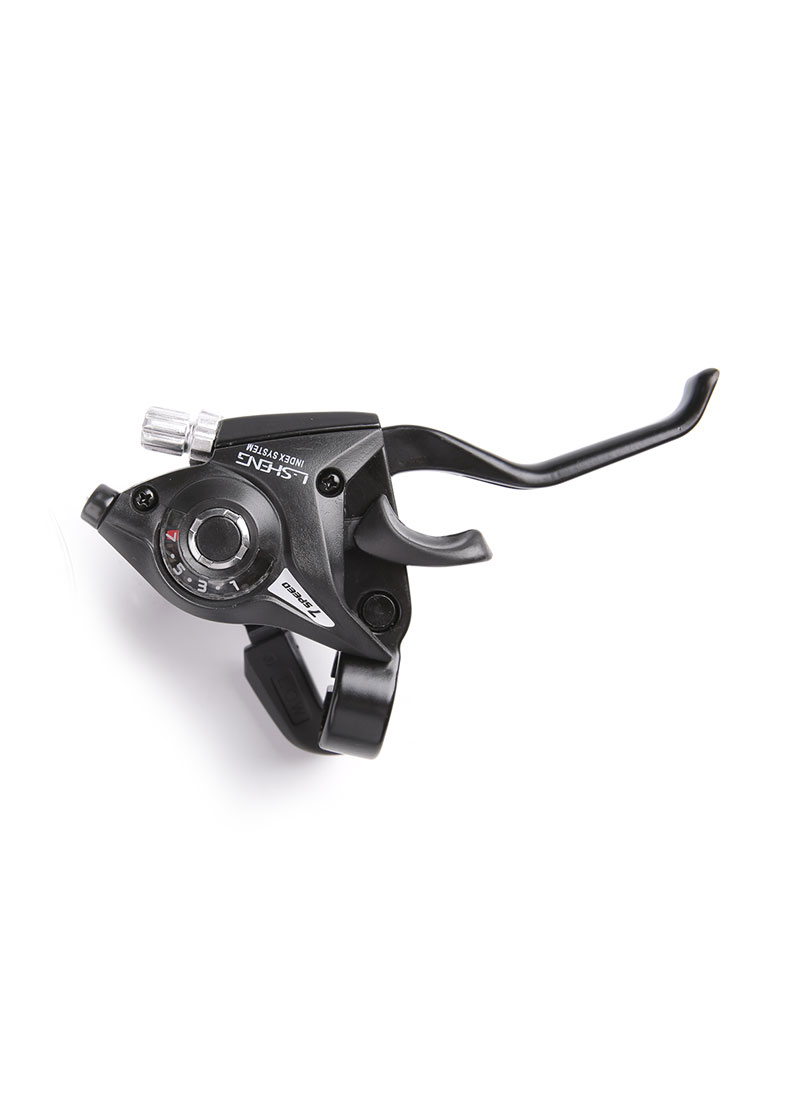Summary:Aluminum bicycle brake leverAluminum handles take a beating better than carbon bars and are usually much cheaper. They a...
Aluminum bicycle brake leverAluminum handles take a beating better than carbon bars and are usually much cheaper. They also resist scratching and dents much better than carbon. Most aluminum handlebars are shot peened and anodized for additional durability.
Rim brakes use pads that contact the rim of the wheel to create friction and slow the bike. For a rim brake to work well the rim must be smooth, of uniform width, and true. A badly warped rim will make the brakes rub and cause skidding. The braking surface can also become contaminated with dirt which makes the brakes squeal. Disc brakes are a far more reliable alternative to rim brakes.
The most common type of disc brakes are hydraulic. Brake fluid is stored in a master cylinder which is inside the brake lever body. When the lever is pulled it pushes a piston that forces the brake fluid through the caliper and against the pads. The pads then push against the rotors to slow the wheel. Hydraulic brakes are less prone to power-robbing flex than rim brakes.
V-brakes have two brake arms that mount to the frame and fork on opposite sides of the wheel. The cable runs from the brake lever through a 'noodle' that is attached to one of the brake arms. The cable then passes through a straddle cable that is attached to the other brake arm. When you squeeze the brake lever it pulls on both straddle cables which causes the brake arms to close toward each other and onto the rim. Short arm v-brakes can be used with standard road brake levers, but long arm v-brakes require special long pull levers.



